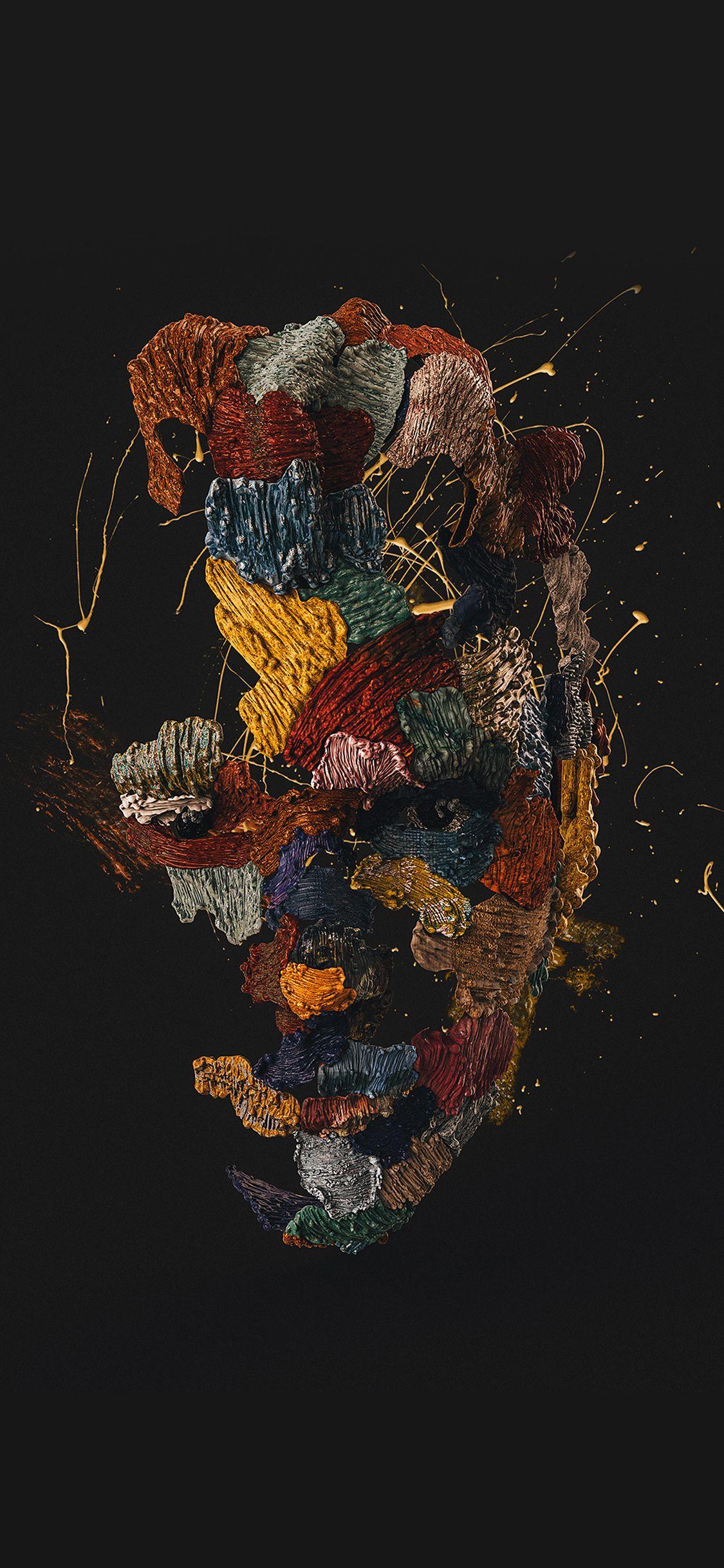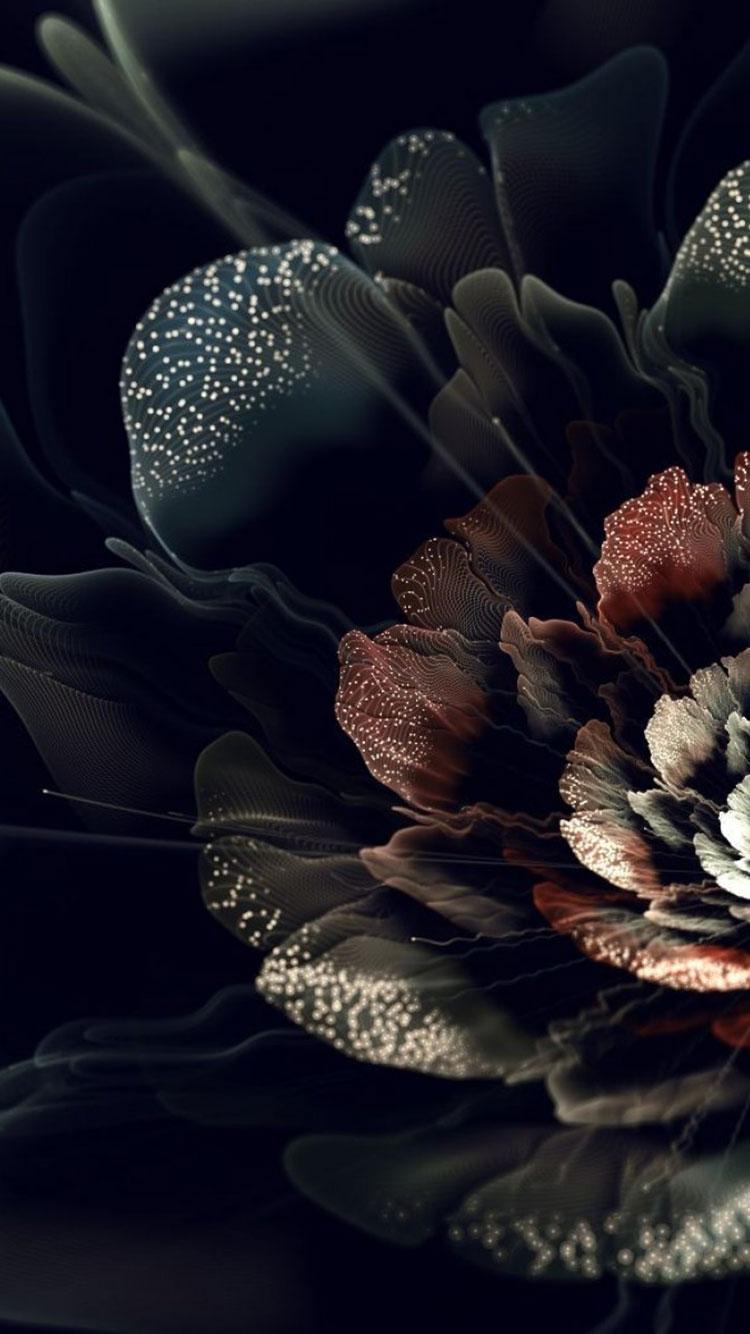The Art of iPhone Wallpaper Design: A Comprehensive Guide
Related Articles: The Art of iPhone Wallpaper Design: A Comprehensive Guide
Introduction
With great pleasure, we will explore the intriguing topic related to The Art of iPhone Wallpaper Design: A Comprehensive Guide. Let’s weave interesting information and offer fresh perspectives to the readers.
Table of Content
The Art of iPhone Wallpaper Design: A Comprehensive Guide

The iPhone, a ubiquitous device in modern life, is more than just a tool for communication and information access. It’s a reflection of personal style, a canvas for artistic expression, and a constant companion. The iPhone wallpaper, the visual backdrop that greets users upon every unlock, plays a crucial role in shaping this personal experience.
Understanding the Significance of iPhone Wallpaper
Beyond its aesthetic appeal, iPhone wallpaper serves several key functions:
- Personal Expression: It allows users to showcase their interests, personality, and mood through visually engaging imagery. Whether it’s a favorite photograph, a captivating abstract design, or a minimalist pattern, the wallpaper reflects individual preferences.
- Emotional Connection: The visual impact of a wallpaper can evoke emotions, create a specific atmosphere, and even influence a user’s state of mind. A calming landscape might induce serenity, while a vibrant abstract design could inspire creativity.
- Enhanced User Experience: A well-chosen wallpaper can improve the overall aesthetics of the iPhone interface, making it more visually appealing and enjoyable to use. It can also enhance the visibility of icons and text, improving readability and usability.
- Functionality: Wallpaper can be used to enhance the functionality of the iPhone. For instance, a dark wallpaper can reduce eye strain in low-light conditions, while a wallpaper with a contrasting color scheme can improve the visibility of icons and text.
The Evolution of iPhone Wallpaper Design
The evolution of iPhone wallpaper design mirrors the technological advancements and evolving aesthetic trends of the device itself.
- Early Years: The first iPhones, with their limited screen resolutions and storage capacity, were primarily limited to static images. The focus was on simple designs, often featuring abstract patterns, gradients, and iconic imagery.
- The Rise of High-Resolution Images: As iPhones gained higher-resolution displays and increased storage, the possibilities for wallpaper design expanded significantly. Users could now utilize stunning photographs, intricate illustrations, and even animated wallpapers.
- The Era of Customization: The introduction of features like parallax effects, dynamic wallpapers, and the ability to set different wallpapers for the lock screen and home screen allowed for greater personalization. Users could create unique and dynamic visual experiences tailored to their individual preferences.
- The Influence of Social Media: Platforms like Instagram and Pinterest have become major sources of inspiration for iPhone wallpaper design, showcasing a diverse range of styles and trends. Users can readily find and share wallpapers, fostering a vibrant community of design enthusiasts.
Key Elements of Effective iPhone Wallpaper Design
Creating compelling iPhone wallpapers involves a careful consideration of several key elements:
- Resolution and Aspect Ratio: The iPhone’s display resolution and aspect ratio are crucial factors in determining the quality and visual impact of a wallpaper. High-resolution images ensure sharpness and detail, while the correct aspect ratio prevents distortion or cropping.
- Color Palette: The choice of colors is paramount in setting the mood and aesthetic of the wallpaper. Complementary colors create visual harmony, while contrasting colors can add vibrancy and dynamism.
- Composition: The arrangement of elements within the wallpaper is essential for visual balance and interest. Leading lines, focal points, and negative space can guide the viewer’s eye and enhance the overall composition.
- Theme and Style: The theme and style of the wallpaper should reflect the user’s personality and preferences. From minimalist designs to vibrant abstract art, there’s a wide range of styles to choose from.
- Functionality: The wallpaper should complement the iPhone’s interface and enhance its usability. For instance, a dark wallpaper can improve readability in low-light conditions, while a wallpaper with a contrasting color scheme can make icons and text more visible.
Tips for Designing Effective iPhone Wallpapers
- Prioritize High-Resolution Images: Ensure that the wallpaper image is high-resolution to avoid pixelation and maintain visual clarity on the iPhone’s display.
- Optimize for Aspect Ratio: Choose images with the correct aspect ratio for the iPhone model you are designing for. This will prevent distortion or cropping of the image.
- Pay Attention to Color Harmony: Experiment with different color palettes to find combinations that create visual harmony and evoke the desired mood.
- Consider Composition and Focal Points: Create visual interest by using leading lines, focal points, and negative space to guide the viewer’s eye.
- Think about Functionality: Design wallpapers that complement the iPhone’s interface and enhance its usability. For instance, consider using dark wallpapers for low-light conditions or contrasting color schemes for better icon visibility.
FAQs about iPhone Wallpaper Design
Q: What are the different types of iPhone wallpapers?
A: iPhone wallpapers come in various forms, including:
- Static Images: These are traditional wallpapers that remain unchanged.
- Dynamic Wallpapers: These wallpapers change based on the time of day, weather, or other factors.
- Live Wallpapers: These wallpapers feature subtle animations or moving elements, adding a dynamic element to the user’s experience.
- Parallax Wallpapers: These wallpapers create a depth effect, making it appear as if the image is moving when the device is tilted.
Q: Where can I find iPhone wallpapers?
A: There are numerous sources for iPhone wallpapers, including:
- App Store: There are dedicated apps for downloading and managing iPhone wallpapers.
- Websites: Websites like Unsplash, Pexels, and Dribbble offer a vast library of free and high-quality wallpapers.
- Social Media: Platforms like Instagram and Pinterest are excellent sources for discovering trending and unique wallpaper designs.
Q: Can I create my own iPhone wallpaper?
A: Absolutely! There are several tools and apps available for creating custom iPhone wallpapers:
- Photo Editing Apps: Apps like Adobe Photoshop, GIMP, and Affinity Photo offer advanced editing capabilities for creating high-quality wallpapers.
- Wallpaper Creation Apps: Dedicated wallpaper creation apps, like Wallcraft and Backdrops, provide user-friendly interfaces for designing and customizing wallpapers.
Conclusion
iPhone wallpaper design is a powerful tool for personal expression, enhancing the user experience, and creating a unique visual identity for the device. By understanding the key elements of effective design, exploring various sources of inspiration, and utilizing available tools for customization, users can create wallpapers that reflect their individual style and preferences. Whether it’s a stunning photograph, a minimalist pattern, or a dynamic animated design, the right iPhone wallpaper can transform the device into a personalized reflection of the user’s personality and taste.








Closure
Thus, we hope this article has provided valuable insights into The Art of iPhone Wallpaper Design: A Comprehensive Guide. We appreciate your attention to our article. See you in our next article!
